iOS devices are characterized by extremely long life and support, which easily puts the competition in the form of most Android phones in your pocket. But we have to admit that the latest software is quite demanding for older smartphones, such as the iPhone 6S, and even though Apple tries to optimize the software as much as possible, after using, for example, the iPhone 6S with iOS 13, there is definitely a difference in the smoothness compared with the iOS 9 system that the phone was released with. Fortunately, there are tricks you can use to get even the latest system up to a very usable level, and that's what we're going to look at. Of course, it is clear that no matter how hard you try, the iPhone 6S will not come close to the performance of the iPhone 11, even if you wanted to.
It could be interest you
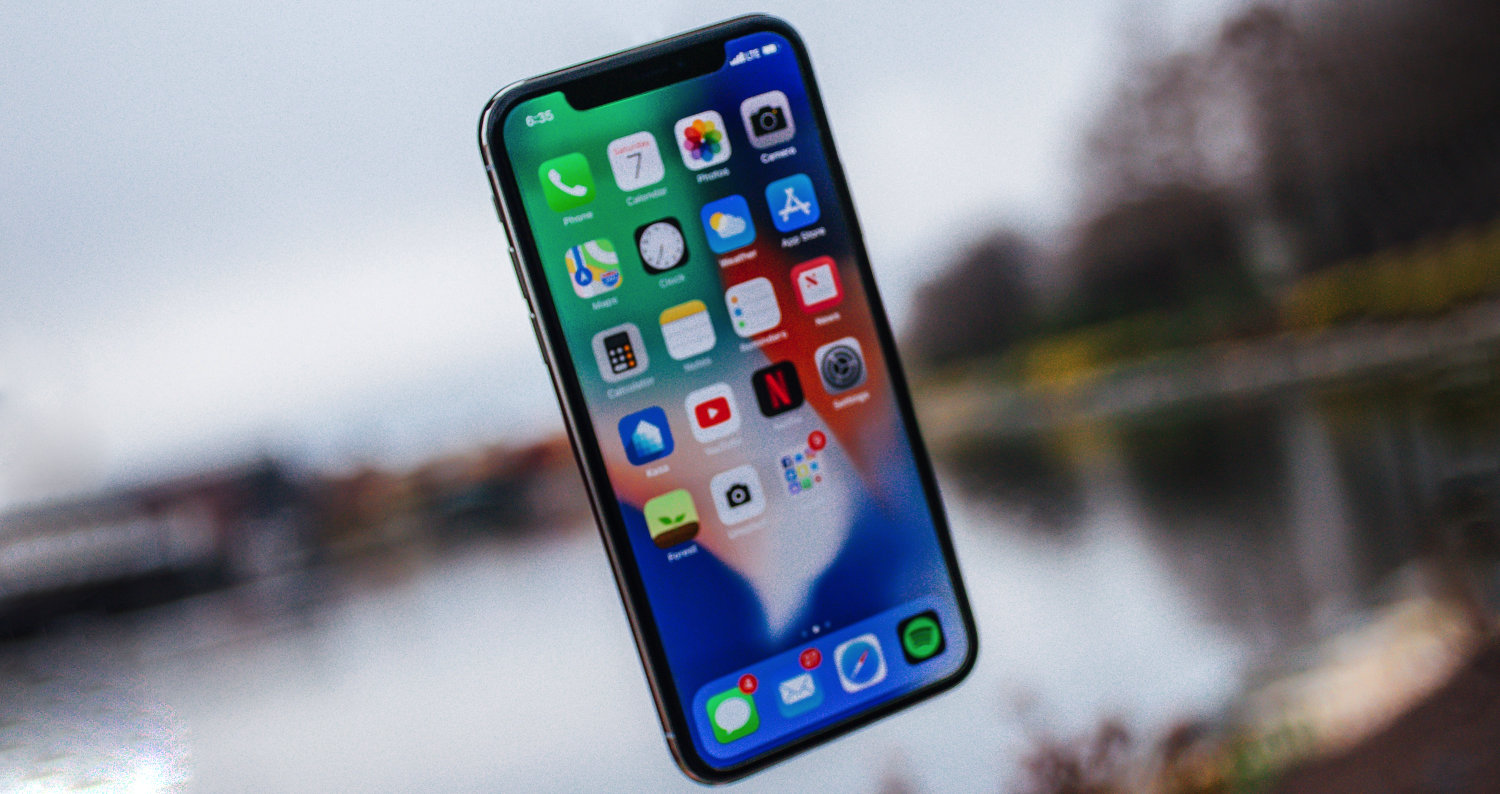
Limitation of animations
Of course, new systems come with a large number of different animations and design elements that, on the one hand, are pleasant to look at, on the other hand, put a strain on the device, and turning them off, especially in older models, can have a positive effect on the operation of the machine. To limit animations, open a native app Settings, click on Disclosure and click the section Movement. Activate switch Limit movement. From now on, you should feel the difference in agility, but also in battery life.
Reducing transparency
We're talking about iOS design again, this time about transparent elements. To decrease the transparency, move to again Settings, unclick Disclosure and in the section Display and text size turn on switch Reduce transparency. You should be able to tell the difference in the smoothness of the system.
Closing applications
Apple states on its website that iOS works perfectly with applications, and that it automatically hides unnecessary ones, so you don't have to worry about anything. However, from various user experiences, this is not entirely true and, for example, applications that track your location using GPS in the background, on the one hand, definitely do not save the battery, and on the other hand, reduce the speed of the phone when they are active. If you have a similar experience, at least close some applications with the classic one by displaying the application switcher a by closing. On iPhones with Touch ID, double-tap the home button to display the app switcher, on iPhones with Face ID, swipe up from the bottom edge of the screen.
"Hard" reboot
When your phone is really hard to use, and it doesn't even take a simple power off and on, a hard restart quite often helps. If you have an iPhone 6s and older, hold the power button and once the power off slider appears on the screen, keep holding the button a press the home button at the same time. Hold them for about 10 seconds until the screen lights up apple logo. For restarting iPhone 7, 7+, 8, 8+ and SE 2020 hold the power button and after displaying the slider press the volume down button. For iPhone X and later press and quickly release the volume up button, immediately after volume down button and finally long press the power button, until it appears apple logo.

Restore to factory settings
If none of the above procedures helped you, you may need to factory reset your device. But first of all, the phone back up while not introducing any impurities into it, create a clean iCloud backup. However, you have to take into account that after restoring from the backup, you will be logging into all the applications again. If this procedure bothers you, back up your phone to your computer via iTunes, in that case, however, all data is backed up, including dirt that has accumulated during use. After backup go to native Settings, open In general and tap on Reset. Select from the menu Reset all settings a confirm all dialog boxes. Once again, however, I strongly advise that you must first back up all your data, this action is irreversible and if you do not have a backup, you will lose all your data.

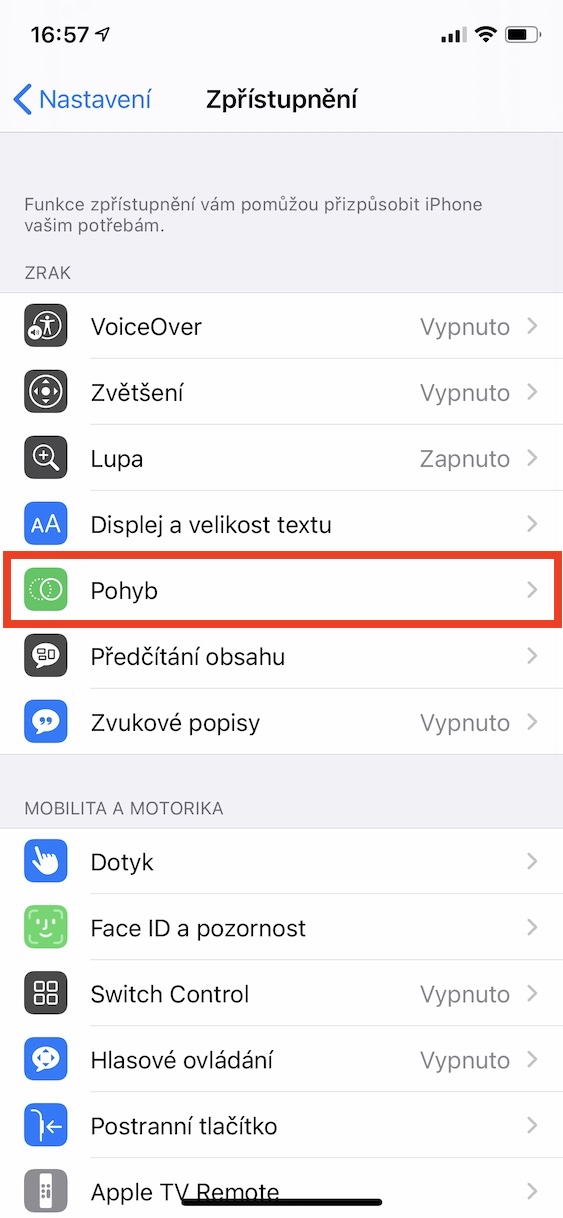
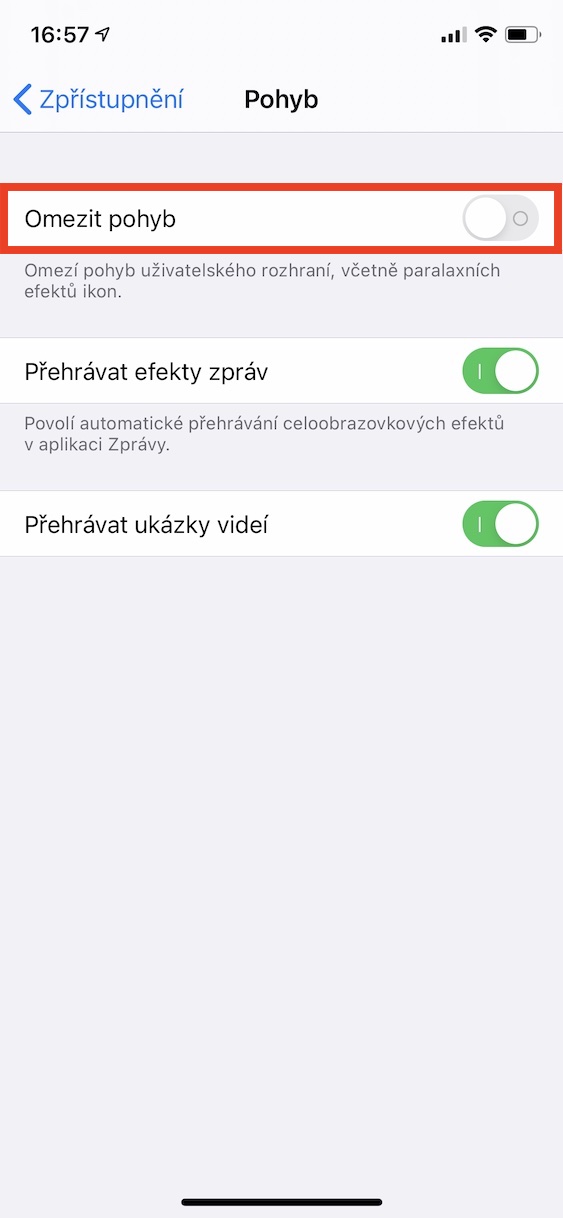

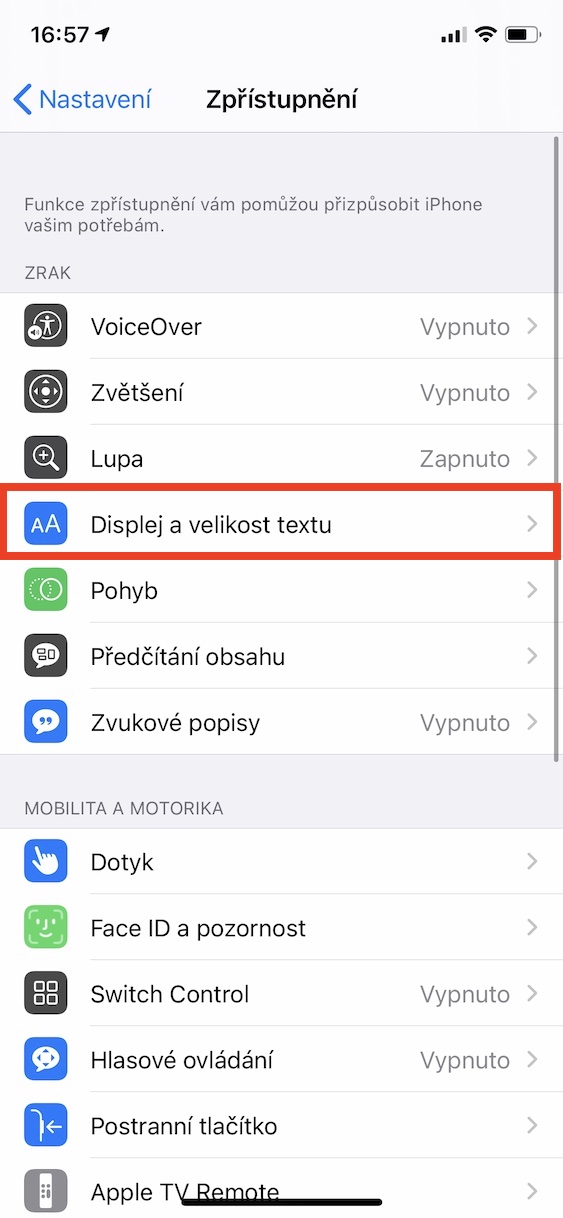
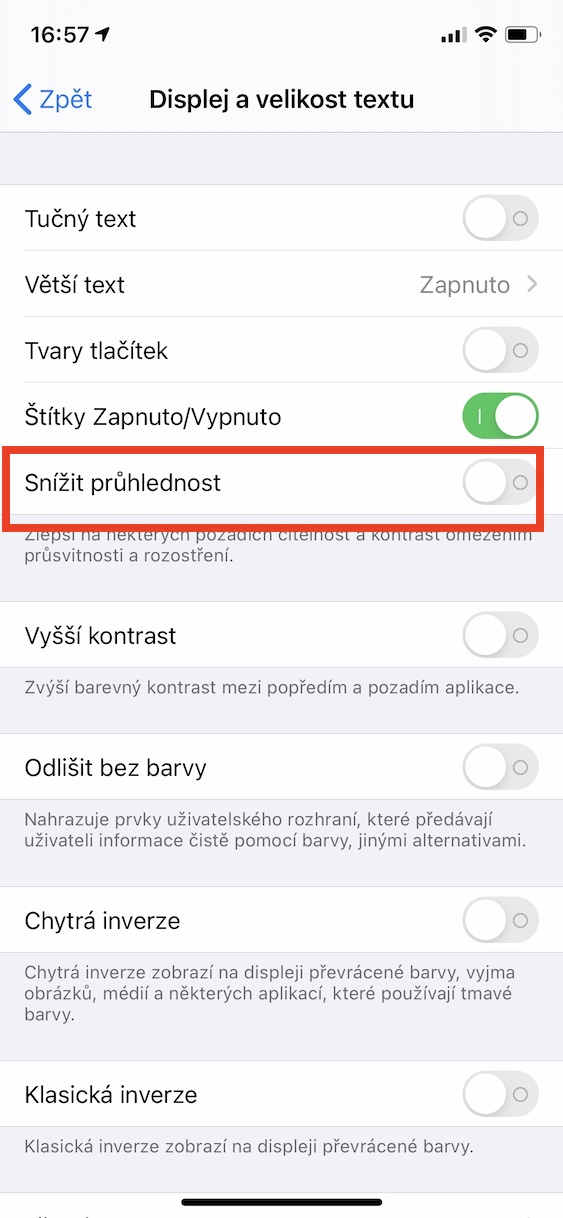


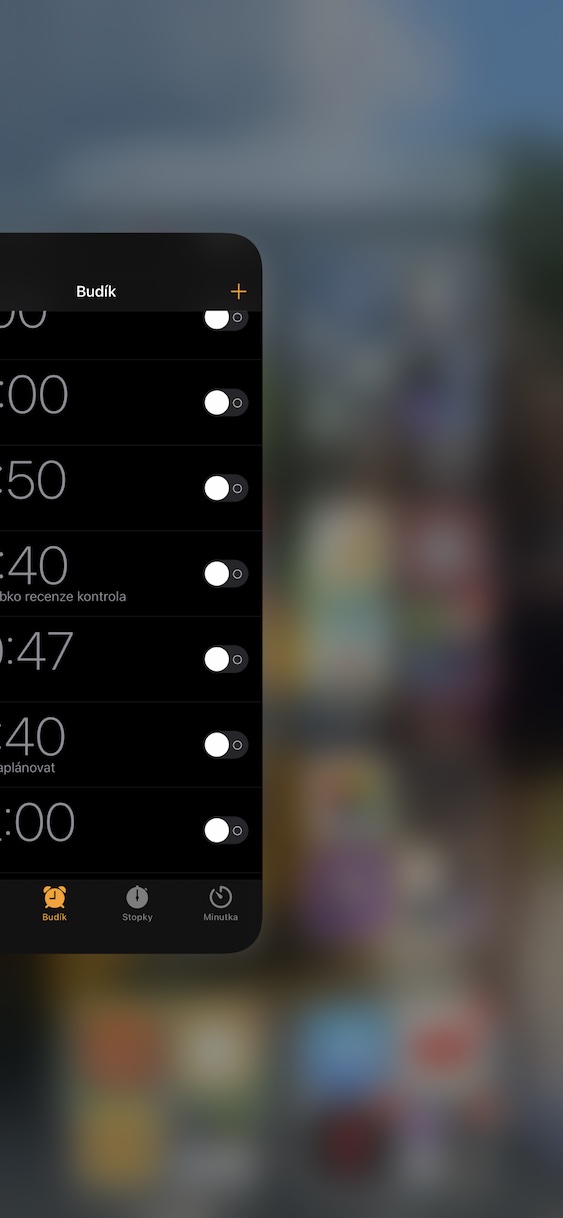

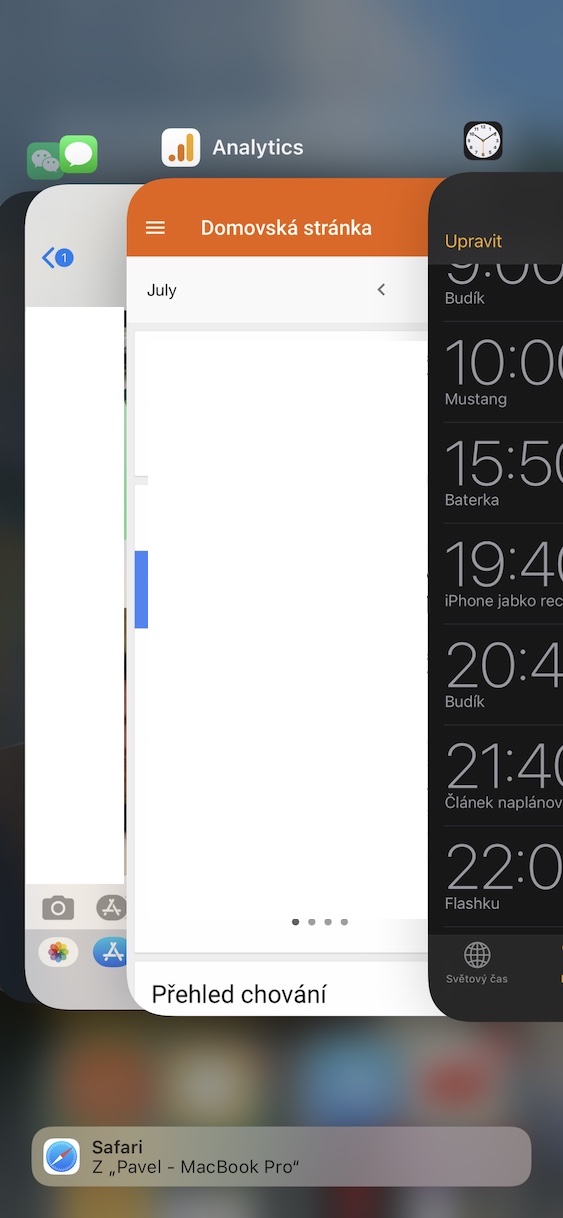
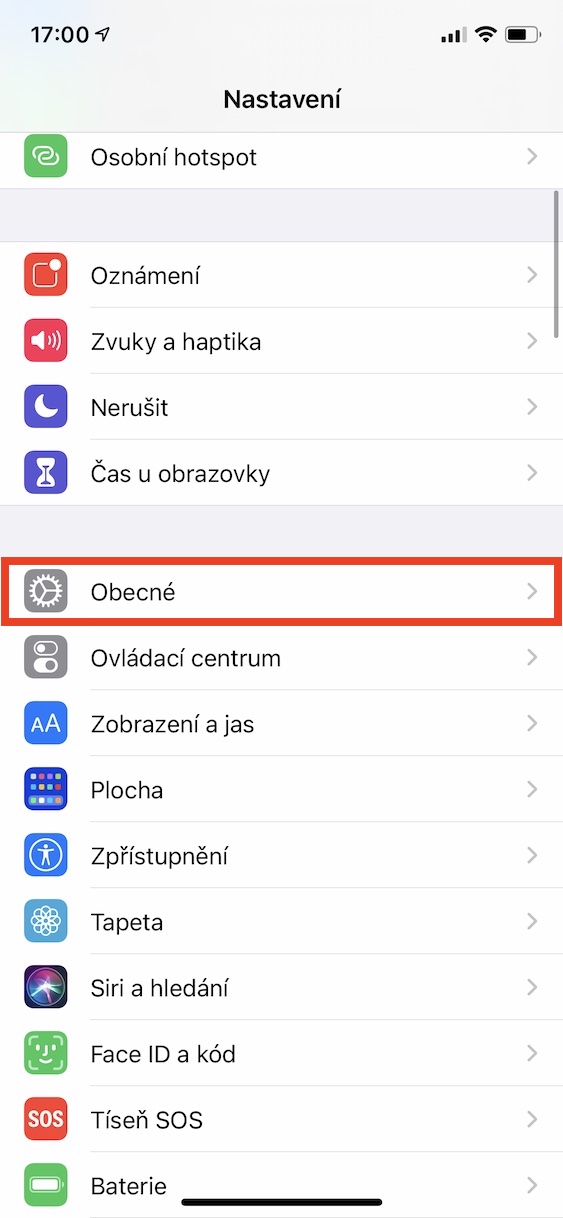
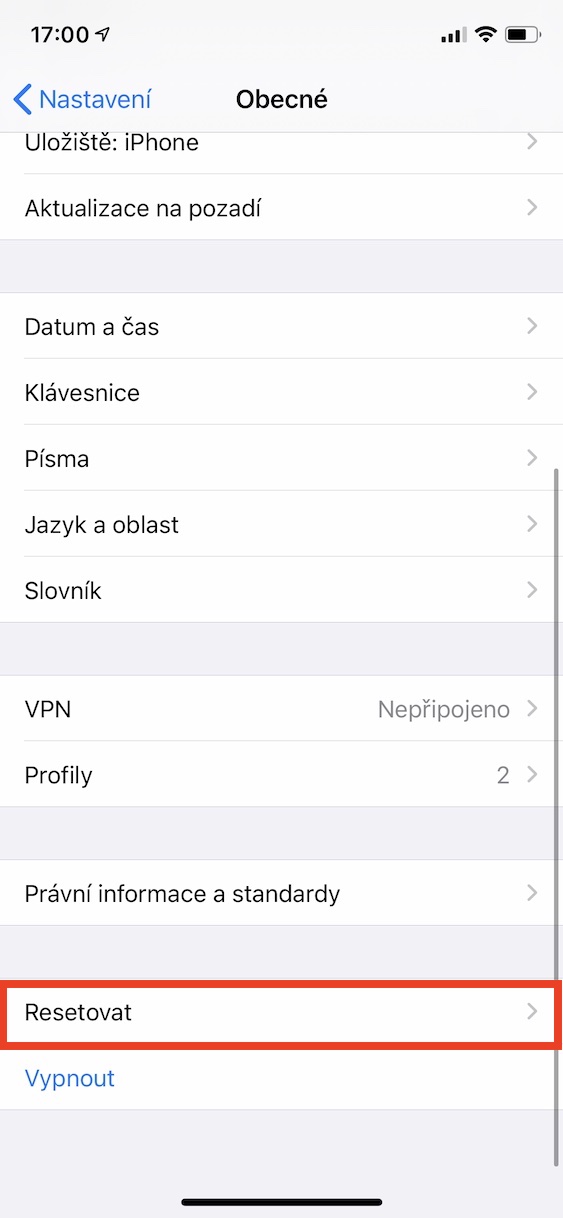


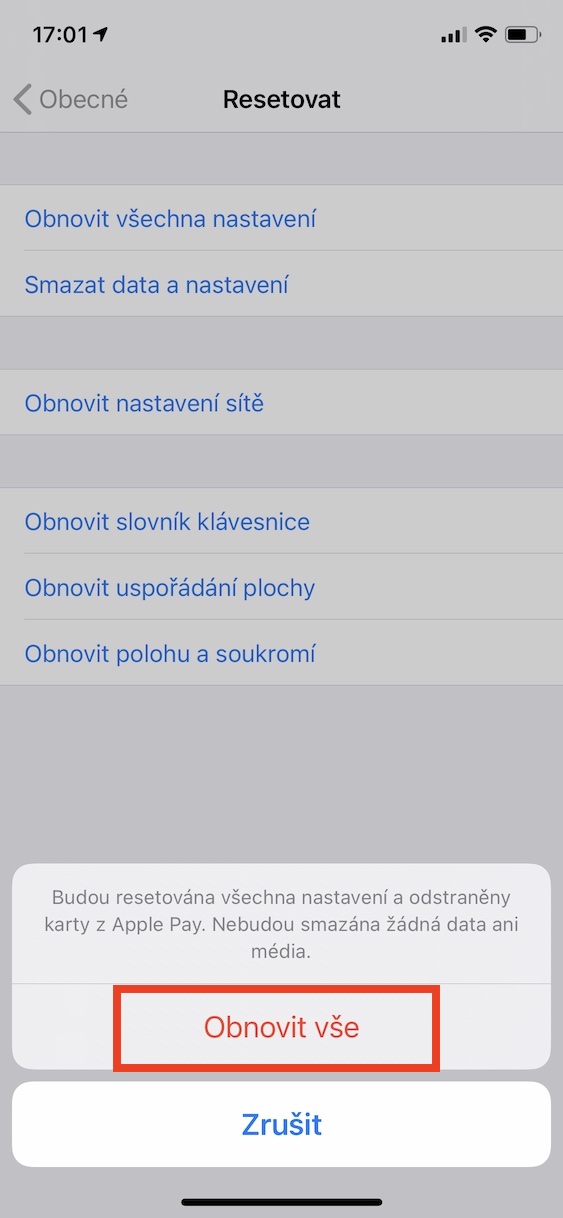
It is quite naive to believe that Apple is trying to optimize the system for phones older than two years. On the contrary, Apple does everything to make the user "want" to buy a new phone, e.g. slowing down the phone due to the battery, the unavailability of some functions on old phones, even if there is no technical reason for this (the new camera UI, which, among other things, enables taking photos in 16:9 mode), night mode, which could easily be available on the iPhone XS, but is not, and others.
Good evening. And what are other companies doing? I'm not saying it's the right way, but logically everyone is trying to make as much money as possible. At least Apple supplies systems for older devices, and if you've ever tried to use, for example, the iPhone 6S mentioned in the article, you'll find that the machine for basic use – calling, surfing the Internet, social networks; enough.
Other manufacturers are no better ;)
At least you could have put the iPhone 5 in the header photo. Coconut, no one in the editorial office thought of this, oh my!
Hello, I would like to point out that the iPhone X is an almost three-year-old device, and that some users (especially those who store several tens or hundreds of GB of data in it) may start to struggle with slowdowns, which I can confirm from my own surroundings . Therefore, users can easily search for how to speed up such an iPhone X, if it is no longer what it used to be.
Good evening, the iPhone 5 is not mentioned anywhere in the article, so I don't know why it should be there.
Exactly! The article offers 5 tips, not an accelerated iPhone 5?